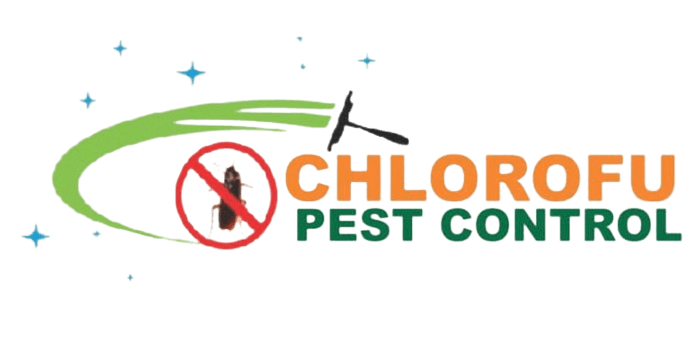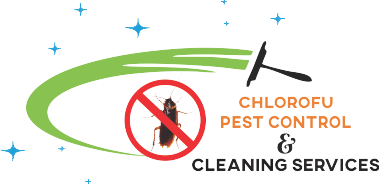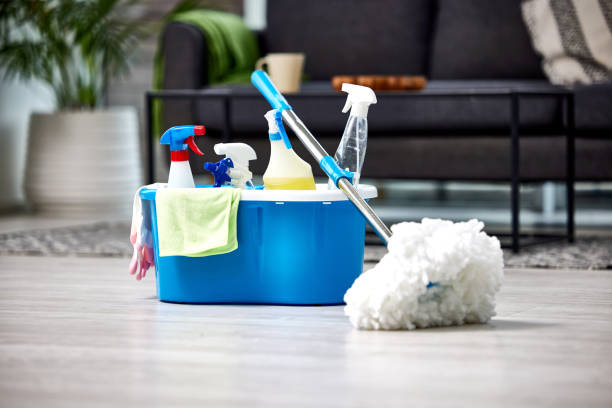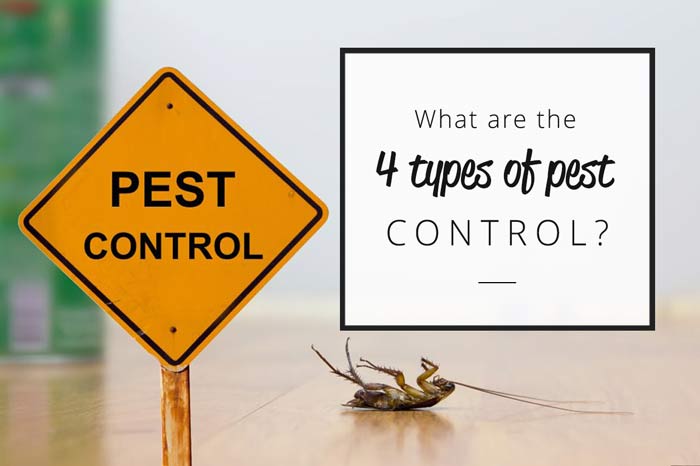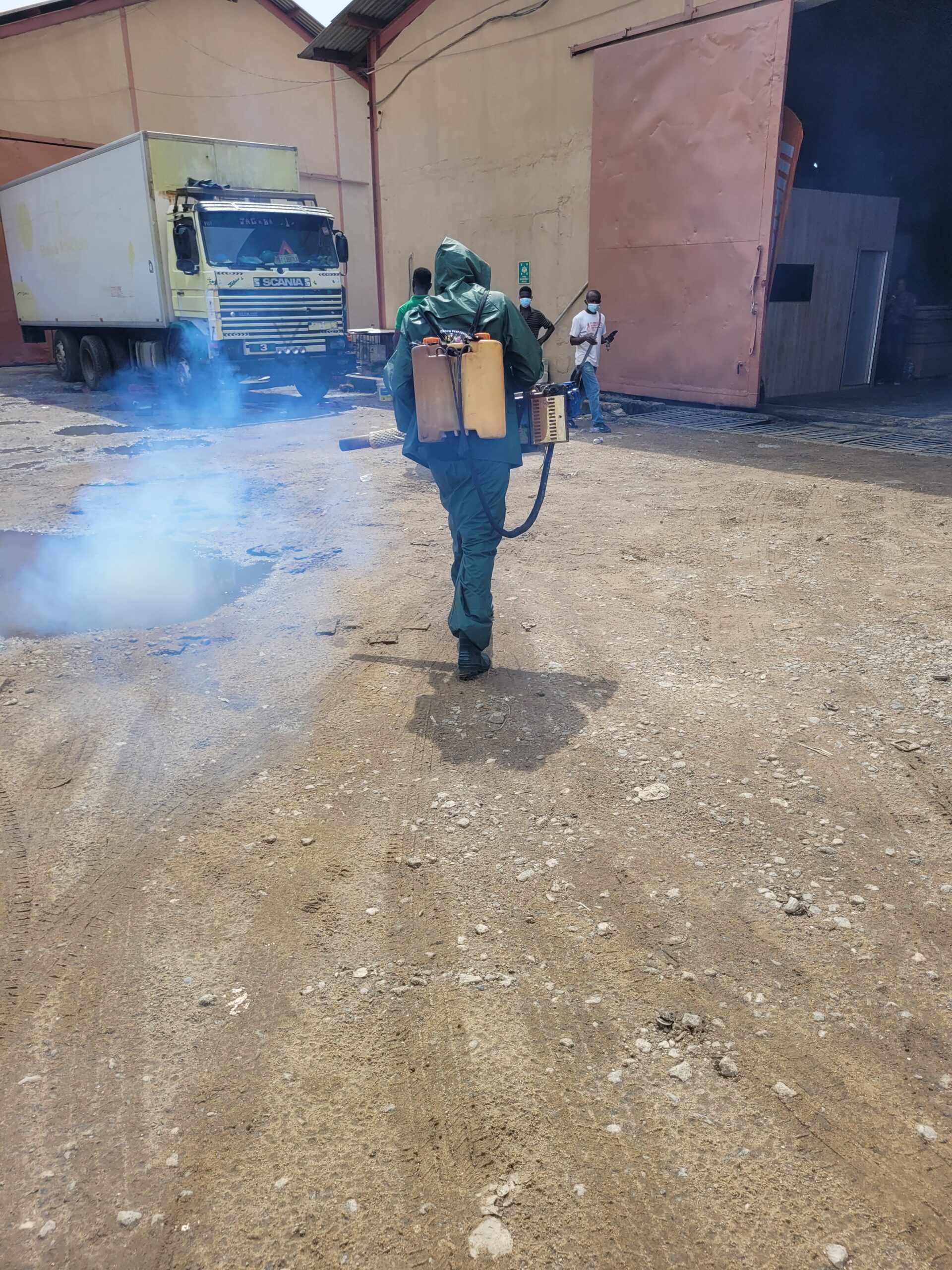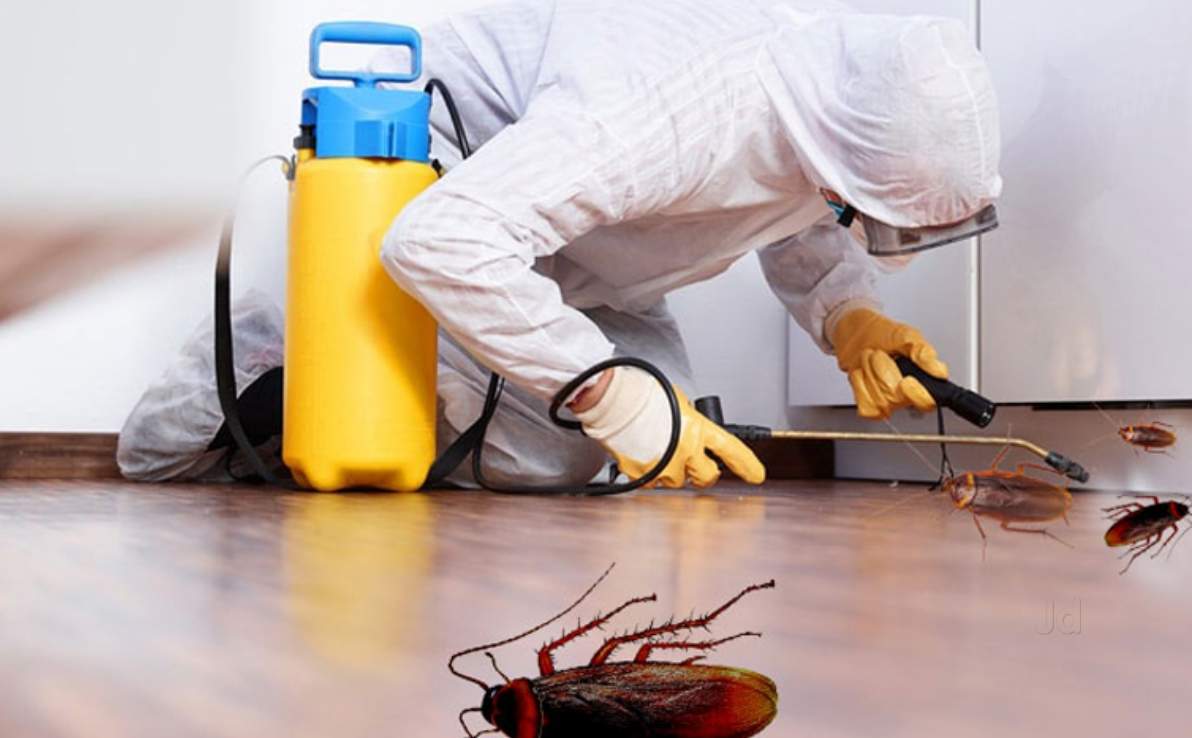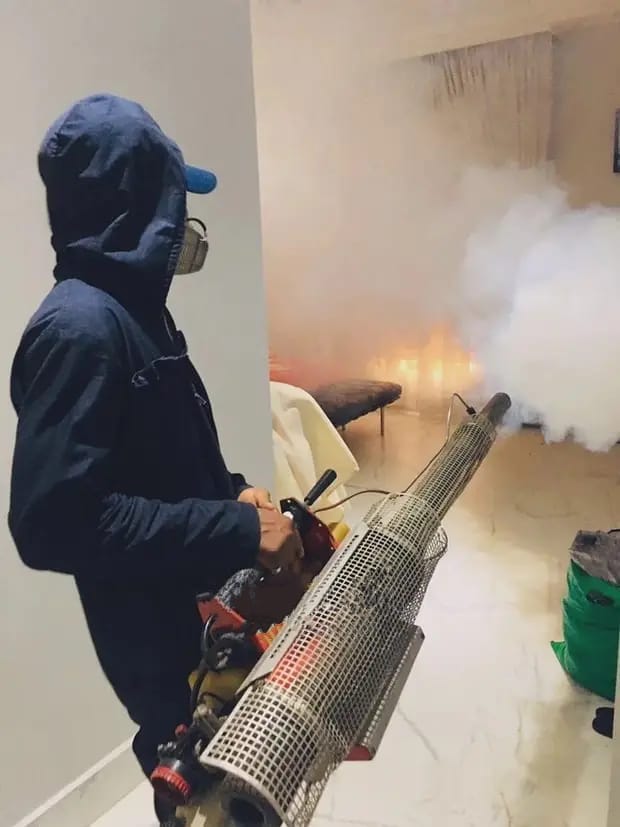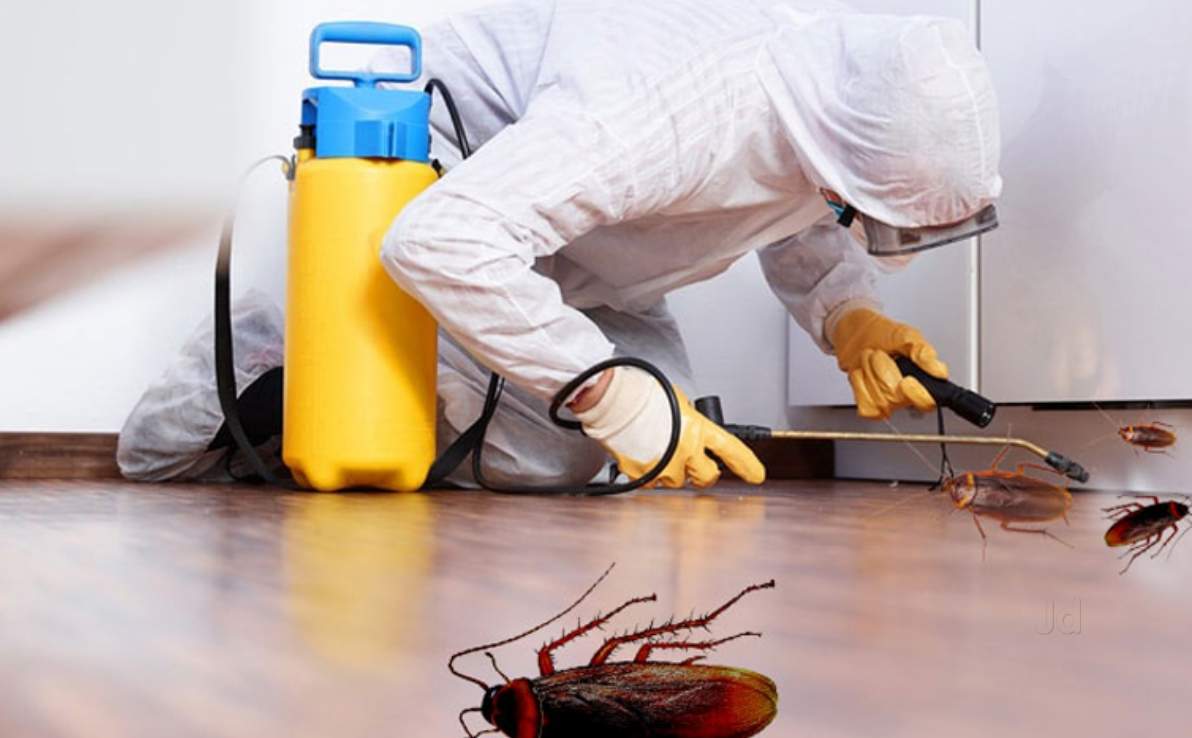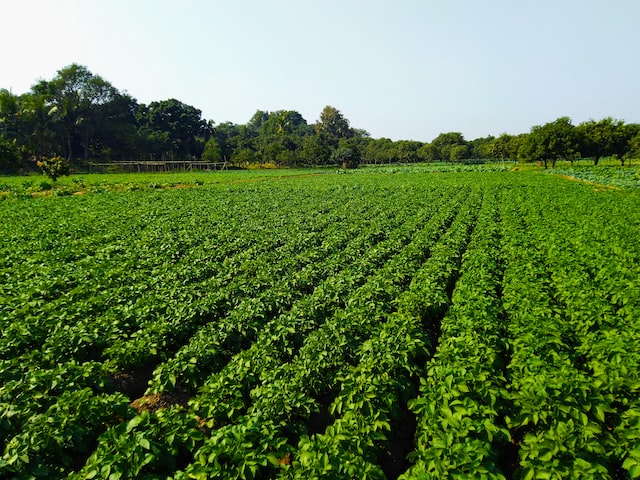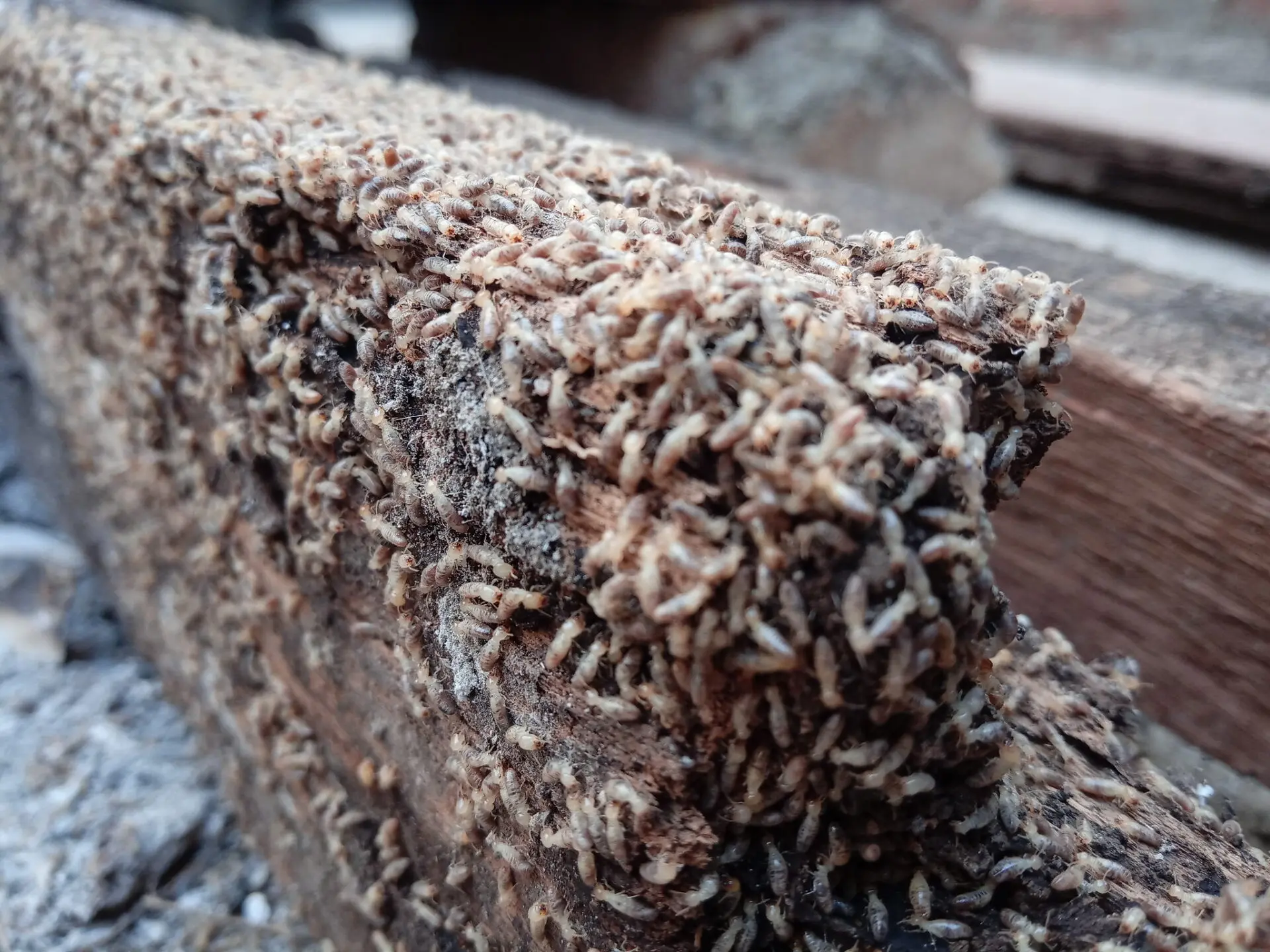
The Three Main Types of Termites
There are about 45 different kinds of species of termites found in the world, each of which falls into one of the three main termite types:
-
Subterranean
-
Drywood
-
Dampwood
Each species has unique biology and behavior that impact what part of the country they live in, where they build their nests and their likelihood to damage homes.
Subterranean Termites
Subterranean Termites belong to the family Rhinotermitidae. This species lives in the soil and builds the largest nests of any insect in the world. These nests are connected via mud tubes to food sources, such as trees, fence posts and structural timbers in houses.
-
Arid-Land Subterranean
-
Desert Subterranean
-
Formosan
-
Eastern Subterranean
-
Dark Southeastern Subterranean
-
Western Subterranean
Drywood Termites
Drywood Termites belong to the family Kalotermitidae and typically live in wood, such as dead trees, structural timbers or hardwood floors. Unlike subterranean termites, drywood termites do not require contact with soil. Some drywood termite species can cause significant damage to homes. However, drywood termite colonies tend to be smaller than subterranean termite colonies, so they typically cause damage at a slower rate than subterranean termites.
-
Western Drywood
-
Southeastern Drywood
-
Desert Drywood
Dampwood Termites
Dampwood Termites belong to the families family Kalotermitidae and Hodotermitidae and live in wood with high moisture content. Most dampwood termites do not require contact with the soil. Dampwood termites are rarely found in homes or other man-made structures, since wood in these structures typically does not have enough moisture.
-
Desert Dampwood
-
Florida Dampwood
-
Nevada Dampwood
-
Pacific Dampwood
Other Types of Termites
-
Conehead Termites
-
Desert Termites
If you need some help to determine whether or not you have activity, call Chlorofu today for a free termite inspection of your home.
